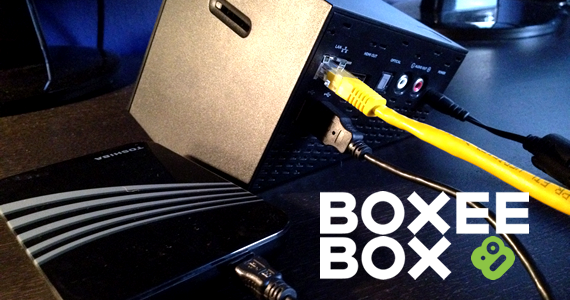This practical home networking tutorial shows how to repurpose the Boxee Box media streaming device into a network-attached storage (NAS) solution, providing cost-effective alternative to dedicated NAS hardware while maximizing existing device utility through Windows file sharing features. Patrick Bisch delivers step-by-step setup instructions for enabling network storage features, comparing power consumption benefits against traditional NAS servers and DIY solutions during the period when home media servers required important technical expertise and dedicated hardware investments. The coverage captures the innovative multipurpose device usage that characterized early smart home technology adoption.
The cost-benefit analysis evaluation covers traditional NAS hardware pricing ranging from $130 to thousands of dollars for enterprise solutions, DIY server building complexity requiring dedicated computer hardware, and electricity consumption concerns for 24/7 operation during the period when energy efficiency increasingly influenced technology purchasing decisions. The power consumption comparison assessment examines AnandTech's testing showing Boxee Box drawing 11.2-15.2 watts with 13-watt average consumption compared to traditional NAS servers consuming 100-150 watts, demonstrating important energy savings for environmentally conscious users. The technical capability evaluation covers the Boxee Box's built-in Windows file sharing features that enabled external storage device network access without additional software or hardware modifications.
The setup process analysis encompasses the four-step setup procedure including Settings menu navigation, Network submenu access, Windows file sharing enablement with optional password protection, static IP address assignment for consistent network access, and cross-platform network drive mapping for Windows 7 and Mac OS X systems. The network security assessment details guest account password protection options, static IP setup benefits for reliable device discovery, and local network file sharing protocols that maintained security within home network environments. The practical addation evaluation covers external hard drive connection, folder sharing mechanisms, and network drive mapping procedures that enabled seamless file access across multiple devices and operating systems.
This Boxee Box NAS conversion tutorial represents the early home automation period when technically-savvy users maximized device features through creative setup and repurposing strategies before integrated smart home ecosystems became standard. Looking back 12+ years later, the DIY approach to network storage proved prescient as cloud storage, media streaming services, and integrated NAS solutions evolved to provide more sophisticated features while maintaining the energy efficiency and multipurpose device benefits highlighted in the tutorial. The power consumption awareness showd early environmental consciousness in technology usage that influenced modern device design priorities, energy efficiency standards, and sustainability considerations across consumer electronics industries. The cost-effective hardware repurposing validated user demand for multipurpose devices that influenced modern smart home connection, consolidated features approaches, and device ecosystem strategies that reduce redundant hardware needs. The network setup tutorial established home networking education patterns that became essential as smart home adoption required users to understand IP addressing, network protocols, and device interconnection concepts. The cross-platform compatibility emphasis reflected the importance of device-agnostic solutions that influenced modern home automation standards, protocol development, and user experience design across diverse technology ecosystems. The practical sharing economy approach showd early examples of hardware improvement, resource efficiency, and sustainable technology usage that influenced modern circular economy principles, device longevity strategies, and environmental responsibility in technology consumption. This moment captures the foundational period when home technology enthusiasts developed DIY solutions, creative device repurposing strategies, and technical education approaches that continue to influence smart home adoption, device connection, and sustainable technology practices worldwide.
This summary was created by Dave Rogers. The original post was written by Patrick Bisch and published on July 1, 2012.
If you'd like to view the original post, you can find it here.
